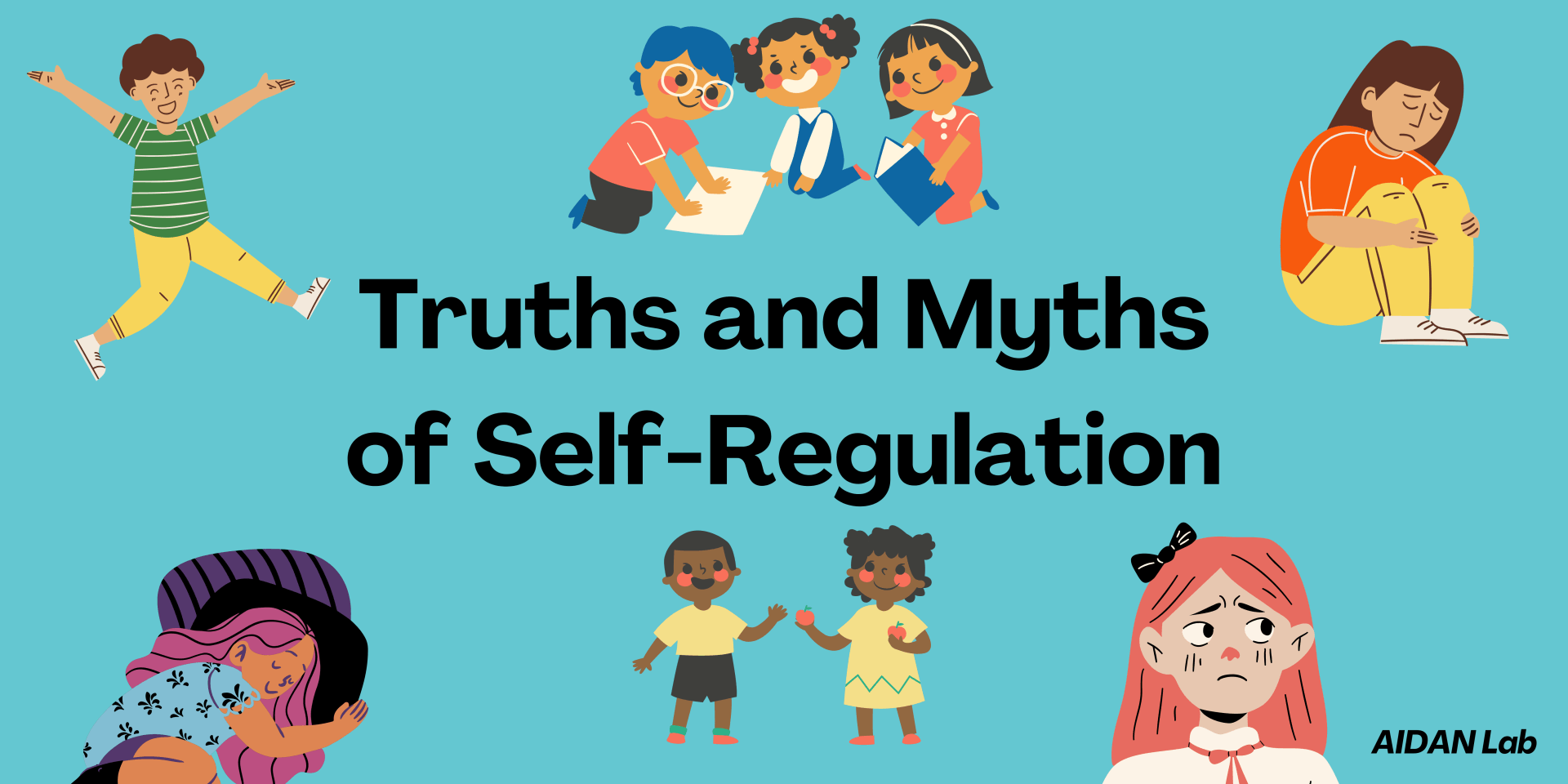
Welcome to The Truths and Myths of Self-Regulation! This page is divided into three sections to cover a range of different topics. The first section explores "challenging behaviours" and why they occur in adolescents. The second section contains several informative resources on stigma and discrimination, including ways to prevent this in educational institutions. The last section, emotional regulation, talks about mindfulness and the body's response to triggers such as stress and loneliness.
Understanding Challenging Behaviours
In this chapter, Armstrong explains the concept of “Positive Niche Construction”, which is a way for students to get the support they need. To do so, educators need to create an environment that nourishes a student's ability to utilize their strengths.
'The Bright Side of Kids with Emotional and Behavioural Disorders' by Thomas Armstrong
'Walking Tour for Educators' by Lives in the Balance
This website explores the beliefs that individuals hold about a child’s behaviour. According to the website, every behaviour is a, “signal, a fever, of what is really going on” (Lives in the Balance, n.d). Once a behaviour is understood, it can be managed through unique interventions and proactive strategies.
Dr. Ross Green, an American psychologist explains how “Kids can do well if they can”. Put simply, this means altering their environment or understanding their internal motivations. According to Green, when kids are struggling, it does not necessarily mean they want to struggle, rather, it simply means obstacles must be removed.
In this video, Dr. Ross Greene discusses challenging behaviour in children. Similar to his other videos, Greene explains how “unsolved problems precipitate challenging behaviours” (Dr Ross Greene, 2010). These unsolved problems occur when an environment remains inconsistent, challenging their cognitive skills.
In this video, Dr. Ross Green explains how to be responsive to both a child and large groups. Green directs his message to teachers when he explains the importance of recognizing the difference between each and every student, especially in accordance with their needs.
In this short video, Jessica McCabe explains “The Wall of Awful” (HowtoADHD, 2019). This wall is essentially a barrier for individuals with ADHD, making it difficult to avoid the emotional feelings of failure and rejection. McCabe also explains that avoiding this wall is going to be easier than climbing it.
Deep Dive: Stigma & Discrimination
In this article, Surbhi Bir talks about how disempowering microaggressions are, especially for individuals in the 2SLGBTQ+ community. Bir also touches on how to handle and cope with microaggression. Microaggression is harmful, but it can be avoided through “open communication and humility” (Bir, 2021).
'Unpacking Microaggressions: Dismantling 2SLGBTQ+ Stereotypes' by Surbhi Bir
The Gender-Friendly Classroom' by Dr. Lee Airton
In this article, Dr. Lee Airton talks about how to welcome students into the classroom through gender-diverse policies. Dr. Airton explains that being an advocate for students means focusing on “gender-inclusive practices in a way that does not predetermine which students need this support” (Airton, 2019), as well as four practices that can be implemented in the classroom.
In this video, the author compares ‘microaggressions’ to mosquito bites, stating that “...some people get bitten by mosquitoes a lot more than other people” (Fusion Comedy, 2016). These microaggressions or mosquito bites can have long lasting effects on mental health and future decisions in life.
In this powerful video, Tunchai Redvers, co-founder of We Matter discusses the barriers and hardships that Indigenous youth face as they unintentionally internalize a narrative that perpetuates a sense of hopelessness. Redver states that changing this narrative means, “...accepting Indigenous and youth knowledge as expert knowledge” (TEDx Talks, 2017)
Emotional Regulation
In this YouTube video, the concept of loneliness is explained, being a struggle that everybody faces. This video demonstrates how loneliness is rooted in our biology, meaning there isn’t a better way to avoid it.
In this YouTube video, the concept of anxiety is explained, more specifically, why it is important and essential for human survival. However, an overwhelming amount of anxiety can be troubling, especially for developing teens, but without it, there would be no way to detect danger.
In this video, the concept of emotional intelligence is discussed through the idea of understanding an individual’s emotions. Emotional intelligence manifests in many different situations and is critical for comfort or imagination.
'Responding to a Student's Depression' by Marc A. Crundwell & Kim Killu


